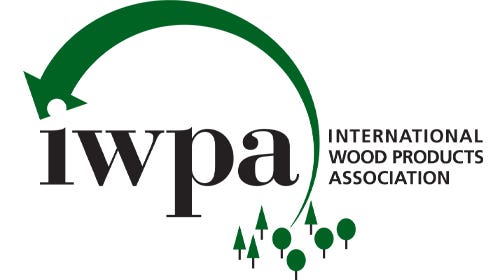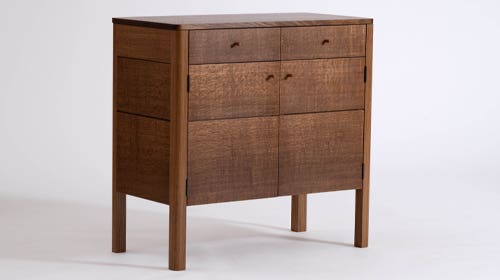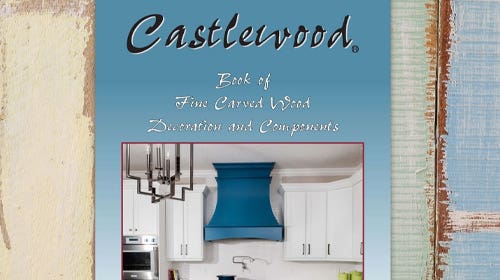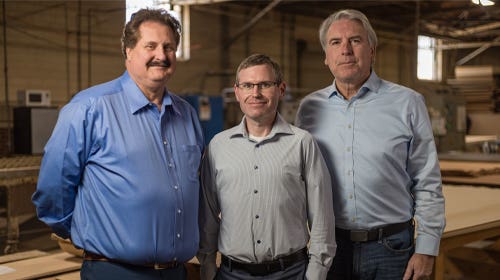Chestnut still a cherished material
While chestnut trees in the U.S. have become commercially extinct due their infamous bout with blight that started over a century ago, there’s quite an ample supply of the material…
While chestnut trees in the U.S. have become commercially extinct due their infamous bout with blight that started over a century ago, there’s quite an ample supply of the material out there. Lumber and veneer suppliers interviewed by Woodshop News, who obtain both domestic and imported chestnut, say they enjoy being able to offer the light brown hardwood to their customers who are often amazed with its availability.
Greg Engle of Certainly Wood in East Aurora, N.Y., says his current inventory of standard and wormy chestnut veneer is sourced from both the U.S. and abroad.
“We do occasionally run across traditional American, rare as it is. Mills do find some of these available in the forests, so it’s typically sliced into veneer. But most of it that we can get our hands on is European chestnut. The color is slightly off in comparison to American but in the scheme of things it still works out the same in terms of its overall grain and pore structure. It just grows in another part of the world,” according to Engle.
Engle says his customers use chestnut primarily for restoration work, furniture, and as an alternative to white oak because of its less aggressive grain pattern.
John Sliney of Vienna Hardwoods in Vienna, Va., has reclaimed chestnut from dismantled barns in West Virginia and North Carolina. He likes sharing a bit of history with his customers about the species.
“It was used for outdoor things years ago because it was rot resistant, so it’s used for siding on barns all throughout the 1800s. Then the chestnut blight hit in 1904. The trees all died standing up; they didn’t fall over. A lot of them stood standing for years and years before they were cut down for wood, and while they were dead standing up, they were attacked by beetles and worms, and that’s how we got wormy chestnut.”
Josh Nozick of Free State Timbers in Timonium, Md., also sells reclaimed material.
“The material we’re carrying is going out primarily either as barn beams that have been reworked and are being used as mantles, or out of the 8/4 stock that I have. We’re doing a lot of countertops,” says Nozick.
“It’s an absolute pleasure to work with. It’s easy to mill, sands and finishes well. However, since you’re dealing with reclaimed material, there’s that whole set of challenges that have to be dealt with. You’re going to have checking, worm holes, and metal that you want to be sure you’ve pulled before you start milling. Even with a good metal detector, you will probably miss something. But chestnut’s gorgeous. It’s beautiful stuff.”
Reclaimed 4/4 chestnut sells for about $5.75/bf.







